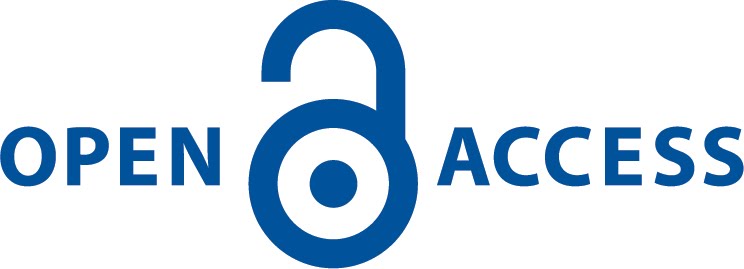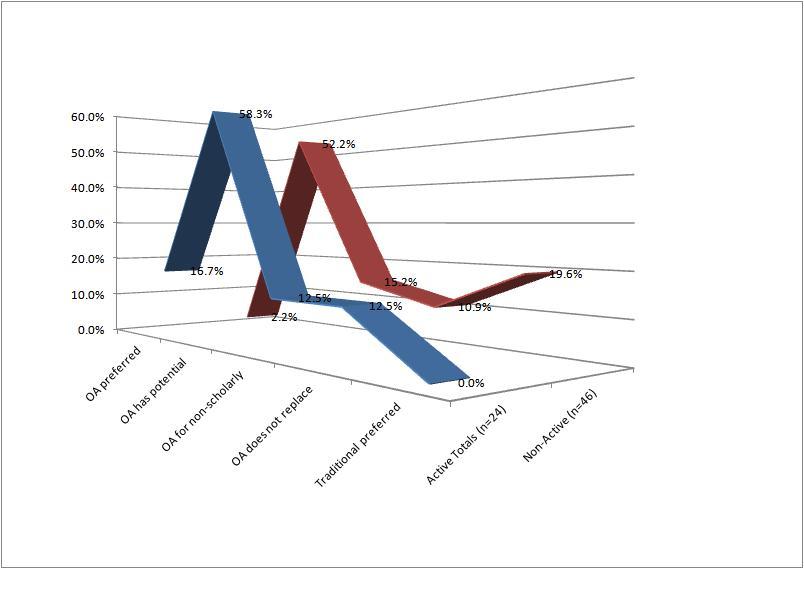by Wade Lee
In May, we wrote about UT faculty perceptions of and experiences with open access (OA) publishing. As promised, we continue today with our series of special reports on our survey results. In our October 2011 survey, we asked faculty which of a variety of factors they felt were important considerations when choosing a publishing venue. Fifty-three percent indicated that being published in the most highly ranked journals in their field was very important (an additional 35% ranked this of medium importance). Additionally, 77% indicated that the formal recognition of their work as a scholarly product (i.e., for promotion/tenure purposes) was a critical issue. In their answers to the open-ended questions, several members discussed journal prestige, with one specifically mentioning an Impact Factor threshold necessary before he or she would publish in a journal.
How is journal rank determined in academia? Journal Impact Factors (calculated by Thomson Reuters) are often used as a proxy measurement for the relative prestige of a journal. While they were originally conceived as a way for librarians to rank journals for purchasing decisions, they have been (mis)used for the ranking or evaluation of individual authors as well. An Impact Factor is simply the average number of citations per article in a journal over the previous two-year period. Thus, a very highly-cited article published within the last two years will increase the Impact Factor of a journal. Due to the skewed distribution of the citation rates of articles in a journal, most articles receive fewer citations than the Impact Factor would indicate.
How does this relate to Open Access? It is perhaps a common misconception that OA journals do not have Impact Factors. To the contrary, Thomson Reuters’ Web of Science database indexes 1066 Open Access journals, the majority of which have Impact Factors calculated and published in Journal Citation Reports. (To have an impact factor calculated, the journal must have been indexed by Web of Science for at least 3 years.) We determined the Impact Factor and relative rank within its subject discipline (by quartile) for the 688 journals that are published solely in English. As with non-Open Access journals, OA journals appear in the full range of impact quartiles, although as a group slightly more appear in the lower quartiles. We found that 18.2% are ranked in Q1 (the top 25%) of their disciplinary journals, 23.2% in Q2, 31.7% in Q3, and 26.8% in Q4 (the bottom 25%). There are 177 journals ranked in the top 25% of their discipline. Certain Open Access publishers, such as Public Library of Science (PLoS) and BioMedCentral (BMC) are well-represented among these top-tier journals. See Appendix (opens a 3-page PDF file).
It is important to remember, also, that this analysis is just for journals that are entirely Open Access. Many commercial and society publishers of subscription-based journals have options for authors publishing in their journals to pay an extra fee to make their individual article available in an Open Access manner — a system sometimes called hybrid or author-choice Open Access. These articles appear in the same journals (with the same impact factors) that researchers have always published in.
Many OA journals provide ways to assess an article’s impact beyond simply substituting the journal’s Impact Factor as a proxy for influence. A number of OA journals and OA disciplinary repositories allow authors to see not only how many articles have cited their work, but how many times it was accessed or downloaded, or allow other researchers to comment on the work. All of these are direct and oftentimes more immediate measures of the interest in and impact of an author’s work. Thus OA metrics may be more accurate for measuring scholarly output and influence. Over time, this may even make the prestige ranking of an OA journal more meaningful than one that is based on the traditional Impact Factor alone.
For further reading:
Swan, A. (2010). The Open Access citation advantage: Studies and results to date. University of Southampton. http://eprints.soton.ac.uk/268516/
This paper presents a summary of reported studies on the Open Access citation advantage. There is a brief introduction to the main issues involved in carrying out such studies, both methodological and interpretive. The study listing provides some details of the coverage, methodological approach and main conclusions of each study.
Wagner, A. B. (2010). Open Access Citation Advantage: An Annotated Bibliography. Issues in Science and Technology Librarianship. http://www.istl.org/10-winter/article2.html
This annotated bibliography lists studies and review articles that examine whether open access (OA) articles receive more citations than equivalent subscription; i.e., toll access (TA) articles.
~




